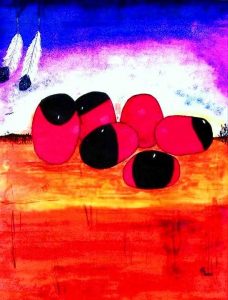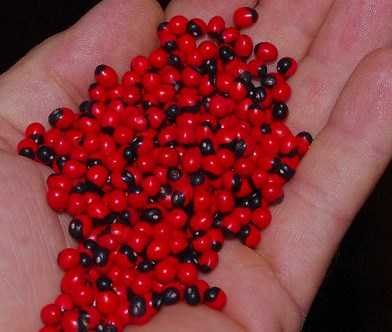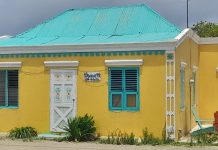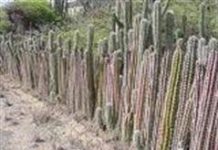Article by Etnia Nativa call us 592 2702 and book your experience!
Locals have been influenced by native traditions such as fears that young children, especially newborns be struck by illness, high fever and died. This particular superstition claims that victims were exposed to individuals of” strong eyes” that have the power to look and cause them harm.
People since the beginning of time knew that their children and families were the most precious gift they could receive and that this traditional folk believe has persisted through the years, even though we all call ourselves modern Christians, Muslims, Hindus or Jews. This fear that linger somewhere in our Aruban subconscious dates back generations and that bad luck can strike, unlocking dark power of disaster that affects one’s life. For this affliction the locals has their own amulets or contras I the form of a black fist or small red and black seeds hanging from a fine golden bracelet dangling around arms and necks of our native Aruban newborns.
In the picture you can see one abstract representation of “Bonchi Hojada” evil eye seeds or beans in a painting at Etnia Nativa. Theses beans we call Bonchi Hojada, are from a plant known as Abrus precatorious , a poisonous plant which contains one of the most lethal toxins, Abrin, a toxalbumin that inhibits protein synthesis causing cell death. In some countries these seeds are crushed and taken orally for suicidal purpose, while there is no antidote for this poisoning as yet.

Abrus precatorius is a vine native to India and other tropical and subtropical areas of the world and found growing wild on the island. Since introduction to Florida and the Caribbean, it is now commonly found throughout these areas and in the southern United States. It is known by a variety of names, including jequirity bean, rosary pea, and prayer bead, crab’s eye, and love bean. The vine has pods with oval seeds and a hard glossy shell. The seeds vary in color, from red, black, orange or white with black and white centers). While all parts of the plant are toxic, the highest concentrations are found in the seeds. Due to their appearance, the seeds are often used for jewelry, beadwork and ornaments.

If you believe your seeds are from Abrus Precatorious, wrap, label and warn, poisonous do not to touch or eat. Don’t leave them lying around to sort another day. The Rosary pea is very aesthetically pleasing, and for this reason it is made into jewelry by various cultures. Unfortunately some jewelry makers have died by pricking their fingers during this process. Yup, the rosary pea is probably the world’s most toxic seed. While intact, the seeds are mostly harmless (if I can use that word), but once the outer coating is scratched or the seed is crushed, as little as 0.1–1 µg/kg can kill a human.
To get to know more over Aruba’s and its origins, its animals and culture, we highly recommend you to book your visit for our renowned cultural encounter session has been entertaining curious participants for decades. Mail us at etnianativa03@gmail.com or WhatsApp 297 592 2702 to confirm your participation. Our facilities and activities take place close to high rise hotels.












